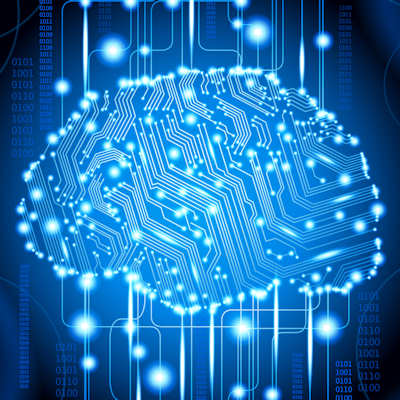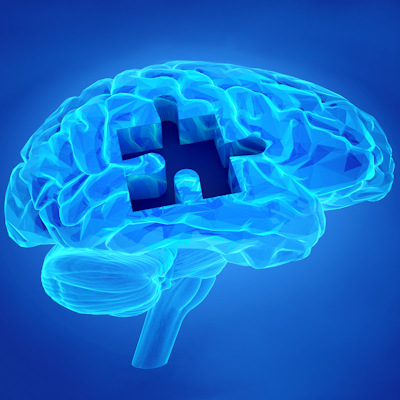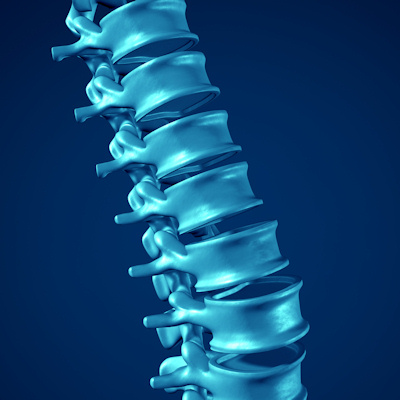February 24, 2023 -- Based on a mouse study, Northwestern Medicine scientists have discovered two ways to preserve diseased upper motor neurons that would normally be destroyed in amyotrophic lateral sclerosis (ALS).
The findings, published February 24 in Gene Therapy, shed light on this neuron pathology, which occurs in 90% of ALS patient brains, as well as in frontotemporal dementia and Alzheimer's disease patients.
ALS is defined by the loss of the brain's upper and lower motor neurons. The upper motor neurons that initiate movement degenerate in ALS due to a pathology called TDP-43, in which aggregating proteins inside the cell become misfolded and toxic to the neuron. TDP-43 pathology activates astrocytes and microglia -- two normally supportive cell types -- which now attack and destroy the diseased neurons instead.
The activation of the astrocytes and microglia correlates with the rapid progression of ALS and other neurodegenerative diseases. Once the neurons are destroyed, recovery from neurodegeneration is no longer possible.
The researchers identified two independent ways to reduce the destruction of the diseased upper motor neurons by calming the attacking astrocytes and microglia. They found that both a gene therapy approach and a small molecule treatment were effective in mice with TDP-43 pathology. The genetic delivery of hepatocyte growth factor had a calming effect on the astrocytes.
They also found that when the integrity of the energy-producing mitochondria inside the diseased neurons was improved, the astrocytes stopped attacking them. Mice with ALS-related TDP-43 pathologies were fed with the compound SBT-272, which binds and repairs the inner mitochondrial membrane. This prevents it from breaking down or becoming leaky, a phenomenon widely observed in the diseased neurons of patients with ALS and other neurodegenerative diseases.
They began feeding SBT-272 to the mice when they began to show ALS symptoms, indicating that the mitochondria were already defective. The compound helped repair the mitochondrial damage, reducing the TDP-43 pathology's impact. Most significantly, the astrocytes and microglia stopped attacking the diseased upper motor neurons. This was reflected in the preservation of these neurons and improved neuronal heath in the mice. The researchers' next steps will be to develop combination treatments to overcome complex diseases like ALS.
"We believe a combination of treatments would work much better and would bring us much closer to a cure, as we need to do two things at the same time: improve the health of diseased upper motor neurons, and decrease the deleterious effects of the astrocytes and microglia that kill them," Northwestern University Associate Professor of Neurology and lead investigator Hande Ozdinler said in a statement.
Copyright © 2023 scienceboard.net











